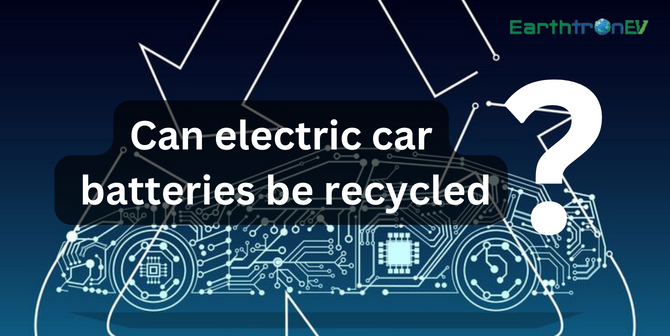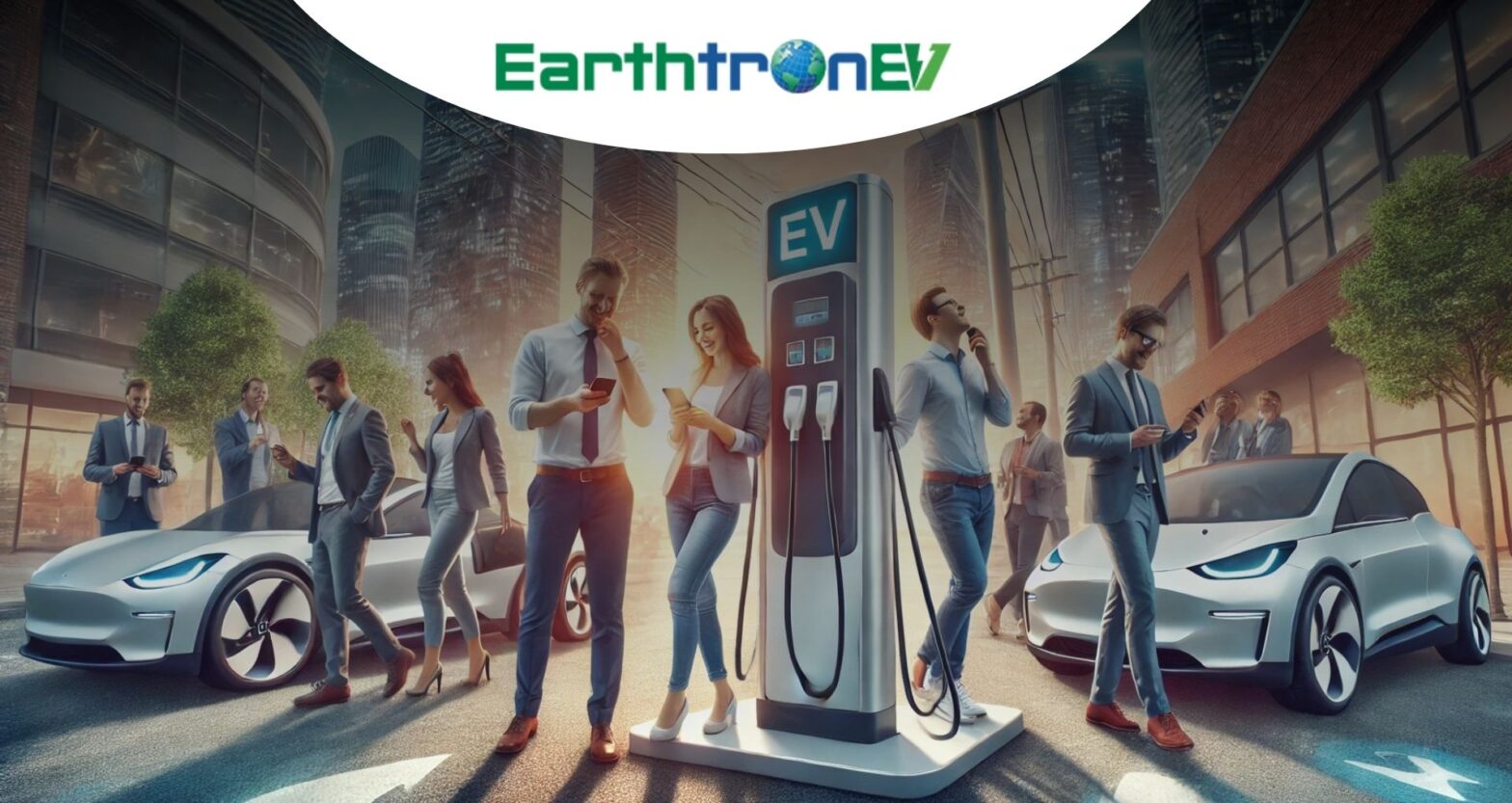With electric vehicle (EV) sales breaking records every year, electric mobility is undoubtedly becoming the new norm. But EVs aren’t without their critics – there has been much debate about how sustainable electric vehicles (EVs) really are, and their batteries are usually the main culprit.
Electric car batteries be recycled !
Electric car batteries can be recycled to not only reduce waste but also pave the way towards a greener future. With advancements in technology, we now have the opportunity to transform these used batteries into valuable resources. Imagine a bustling recycling facility where skilled technicians meticulously dismantle each battery, extracting precious metals like lithium, cobalt, and nickel through intricate processes. These materials are then carefully sorted and refined for reuse in manufacturing new batteries or other renewable energy storage systems. The keyword here is “recycled,” which ignites excitement as it represents an innovative solution that not only addresses environmental concerns but also fosters sustainable development.
What is the battery life of an electric vehicle?
We found that 30 percent of potential EV drivers worry that their car’s battery will die before they’re done using it before they even think about recycling.
New batteries are currently expected to last between 100,000 and 200,000 miles or about 15 to 20 years of driving. However, this fear is mostly unwarranted. In spite of this, EVs that were produced a few years ago have demonstrated that their batteries can last well beyond the average car’s lifespan.
What are the materials used in EV batteries?
To understand how an EV battery can be recycled, let’s first examine what it’s made of. While EV batteries can last for years, eventually they’ll reach the end of their useful life.
Batteries for electric vehicles use primarily lithium-ion cells to store energy. In addition to lithium, cobalt, manganese, nickel, and graphite are also widely used, along with steel and aluminum for the casing.
In order for these materials to be recycled properly, they must be separated and purified.
End-of-life EV batteries: Beyond the Car
The longer an EV battery is used, the more sustainable it becomes. While recycling allows raw materials to be recovered, it is still an energy-intensive process and should be used as a last resort.
There is, however, a way to upcycle and reuse old electric vehicle batteries, which can be used in even more ways in the future. Nissan, for example, found that its old EV batteries retained 60 to 70 percent of their original capacity after they were scrapped. This may not be enough to power an electric vehicle, but it is perfectly suitable for other uses that do not require a lot of energy.
It is common for old EV batteries to be used to store electricity, whether on a grid or in individual homes or businesses. 148 Nissan Leaf batteries are used in a project by Eaton, BAM, and the Mobility House to create a 3-megawatt battery storage system at Amsterdam’s Johan Cruijff Arena, which will smooth out peak demand.
Recyclability of electric car batteries
Sometimes, batteries are defective or no longer functional enough to be repurposed, so recycling is the best solution.
Increasingly, countries and companies are focusing on recycling lithium-ion batteries in order to reduce their dependency on raw material mining. Because many of the materials in EV batteries are rare or hard to source, recycling can make sure these valuable materials aren’t lost to landfills and instead fed back to the supply chain. Now let’s examine how EV battery recycling works in more detail.
What is the process of recycling an EV battery?
After an EV battery is shredded, it is filtered based on size and composition. Plastics, ferrous materials (metals), and non-ferrous materials are separated.
In the next step, lithium, cobalt, nickel, and manganese will be extracted. In order to accomplish this process, either the materials are heated in pyrometallurgy, which burns away non-metal elements, or the mix is exposed to chemical solutions that recover the appropriate materials, known as hydrometallurgy.
This process can recover up to 95% of the key raw materials from an EV battery pack and reintroduce them into the manufacturing process.
What are the risks associated with recycling an EV battery?
By 2025, the EU will require EV batteries to be 65 percent recyclable by weight, which will increase to 50 percent by 2020.
EV battery disposal and recycling are handled by local governments in the US, so regulations vary from state to state. EV battery recycling policies were recommended by the California Battery Recycling Advisory Group, which consists of automotive and battery manufacturers, government agencies, and public interest groups.
How does recycling electric car batteries benefit the environment?
As we’ve seen, EV batteries are made of many rare, hard-to-source materials, which are often concentrated in regions with poor human rights and environmental records. By recycling raw materials, we can move away from unethical and problematic supply chains, reducing the need for new raw materials.
Circular economy and electric car batteries
To ensure that electric cars are as sustainable as possible, considering their batteries’ end-of-life is essential.
Recycling can help recover a significant portion of the materials used and put them back in the battery supply chain, creating a truly circular economy. In addition to recycling, old EV batteries can be reused and upcycled, extending their lifespan.
Check out our dedicated article on how sustainable electric cars are, from their manufacturing to their end of life.







